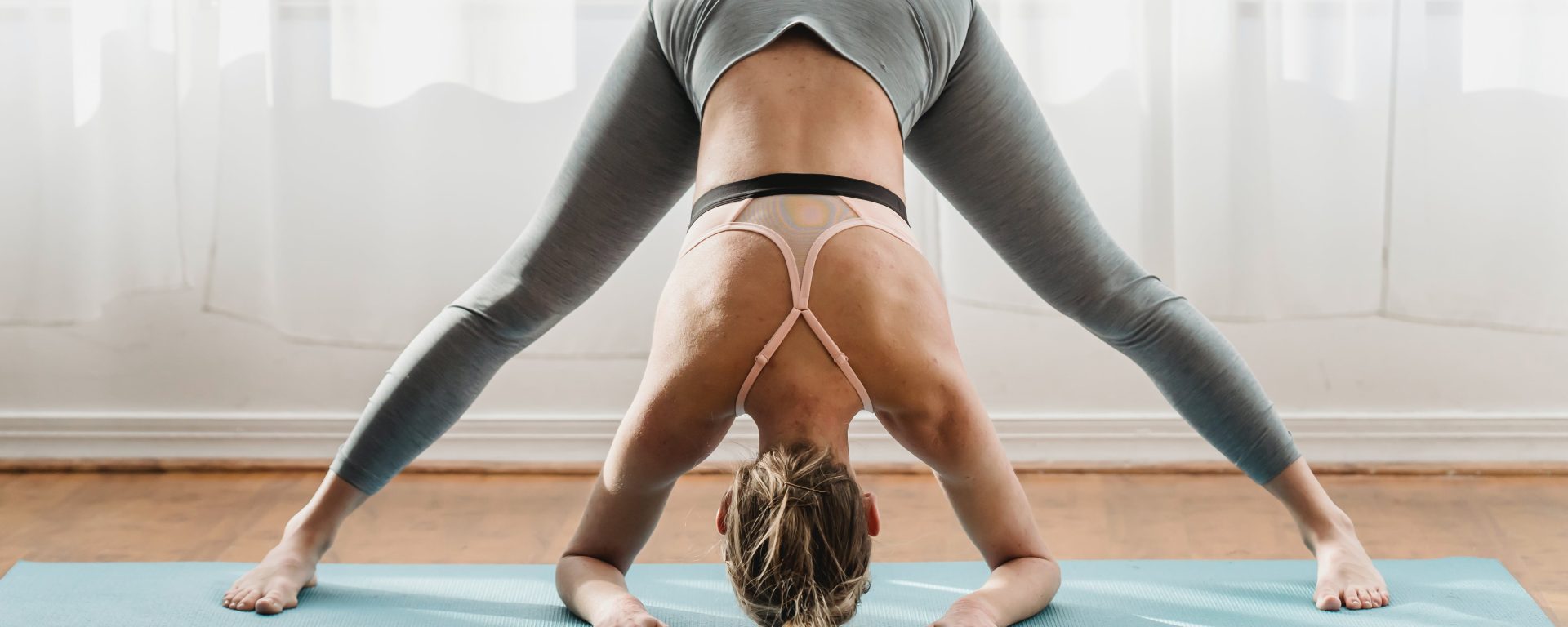In 1998, the study conducted by N. A. Martin, R. F. Zoeller, R. J. Robertson, and S. M. Lephart, the primary objective was to examine and compare the effects of sports massage, active recovery, and rest on promoting blood lactate clearance subsequent to maximal anaerobic (supramaximal) leg exercise. The research employed a counterbalanced experimental design with repeated measures, with the order of treatment conditions randomly assigned to a counterbalanced test sequence. All data collection occurred within the Human Energy Research Laboratory at the University of Pittsburgh.
The study involved ten male competitive cyclists who volunteered for the investigation. Serial venous blood samples were drawn and analyzed for blood lactate concentration across the three different treatment conditions. The results indicated significant main effects for both absolute and relative values of blood lactate concentration between the three treatment groups and over time within each group.
Conclusions drawn from the findings suggested that after engaging in supramaximal leg exercise, active recovery yielded noteworthy decreases in both absolute and relative measures of blood lactate concentration compared to sports massage and rest conditions. Interestingly, no significant difference was observed between sports massage and rest for either absolute or relative changes in blood lactate concentration.
In summary, this study contributes valuable insights into the comparative impacts of sports massage, active recovery, and rest on blood lactate clearance following intense anaerobic leg exercise. The distinct findings emphasize the efficacy of active recovery in facilitating a more pronounced reduction in blood lactate concentration when compared to both sports massage and rest conditions.
Reference: Martin, N. A., Zoeller, R. F., Robertson, R. J., & Lephart, S. M. (1998). The comparative effects of sports massage, active recovery, and rest in promoting blood lactate clearance after supramaximal leg exercise. Journal of athletic training, 33(1), 30.
